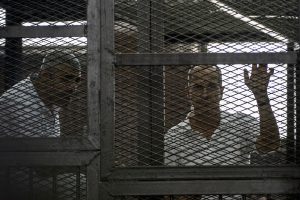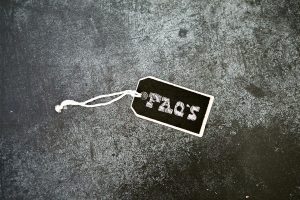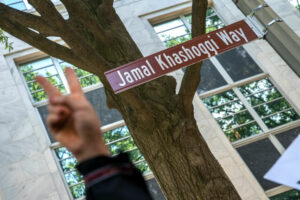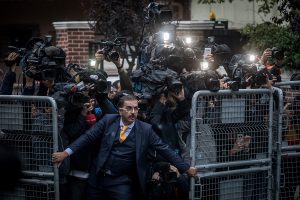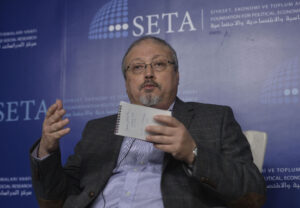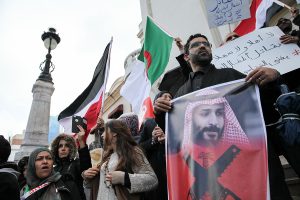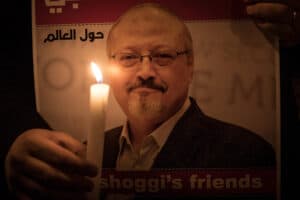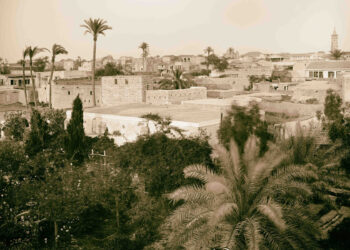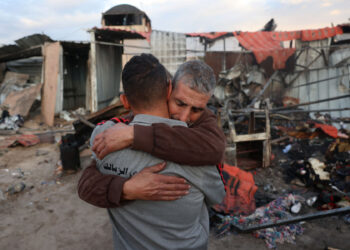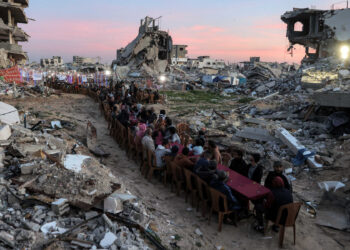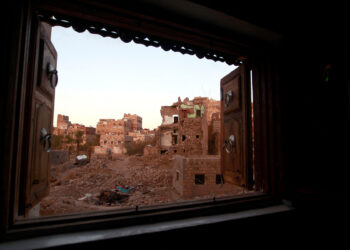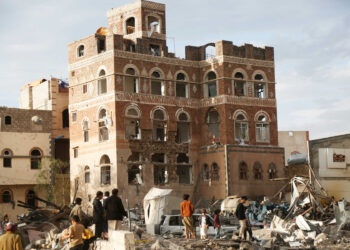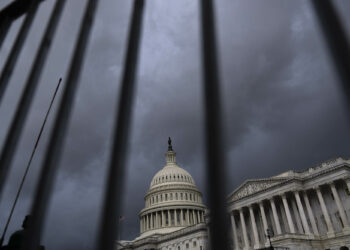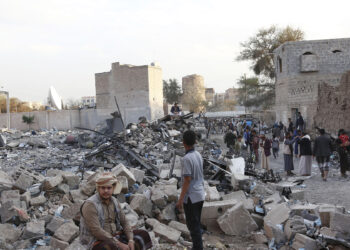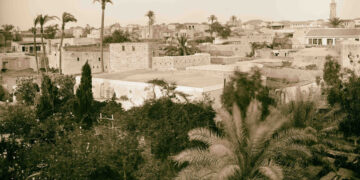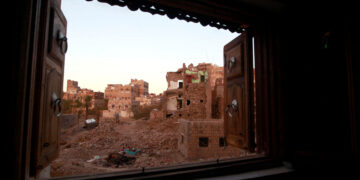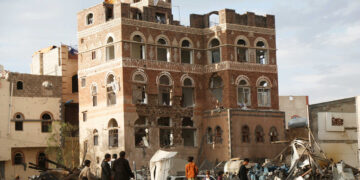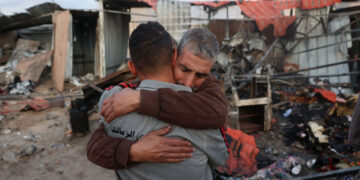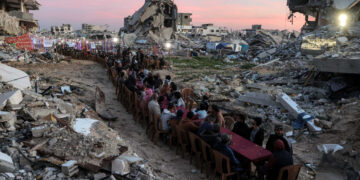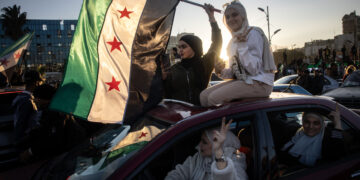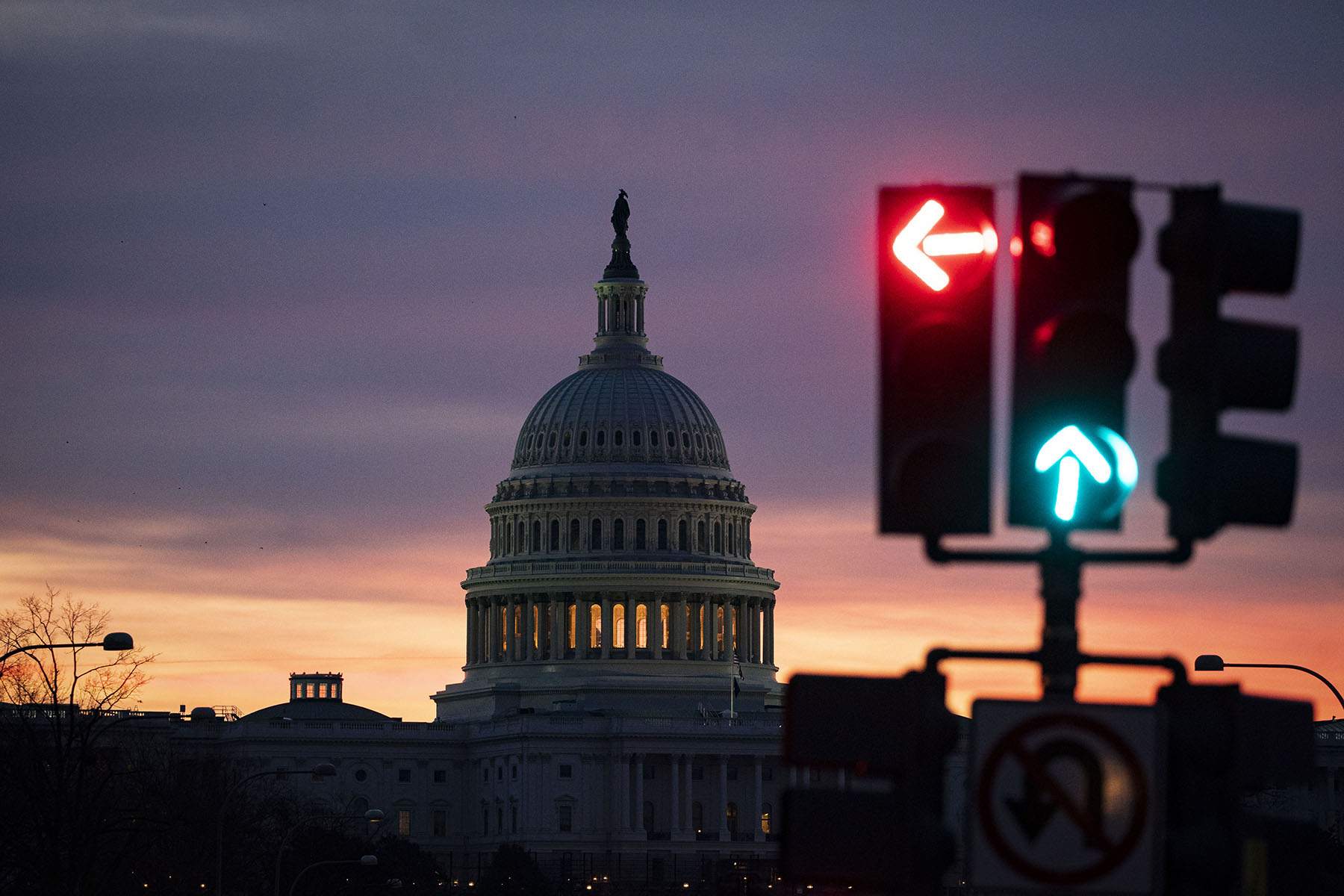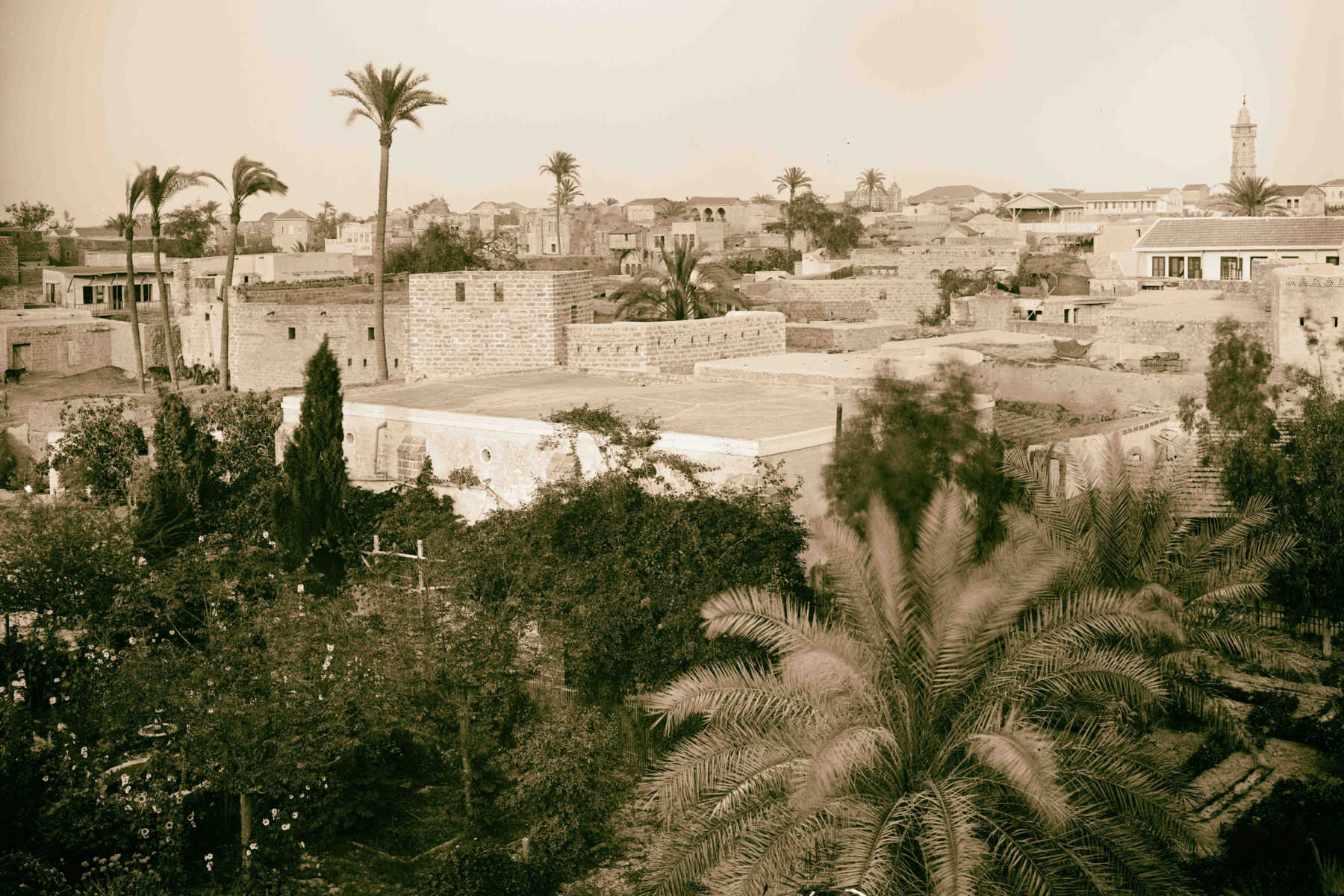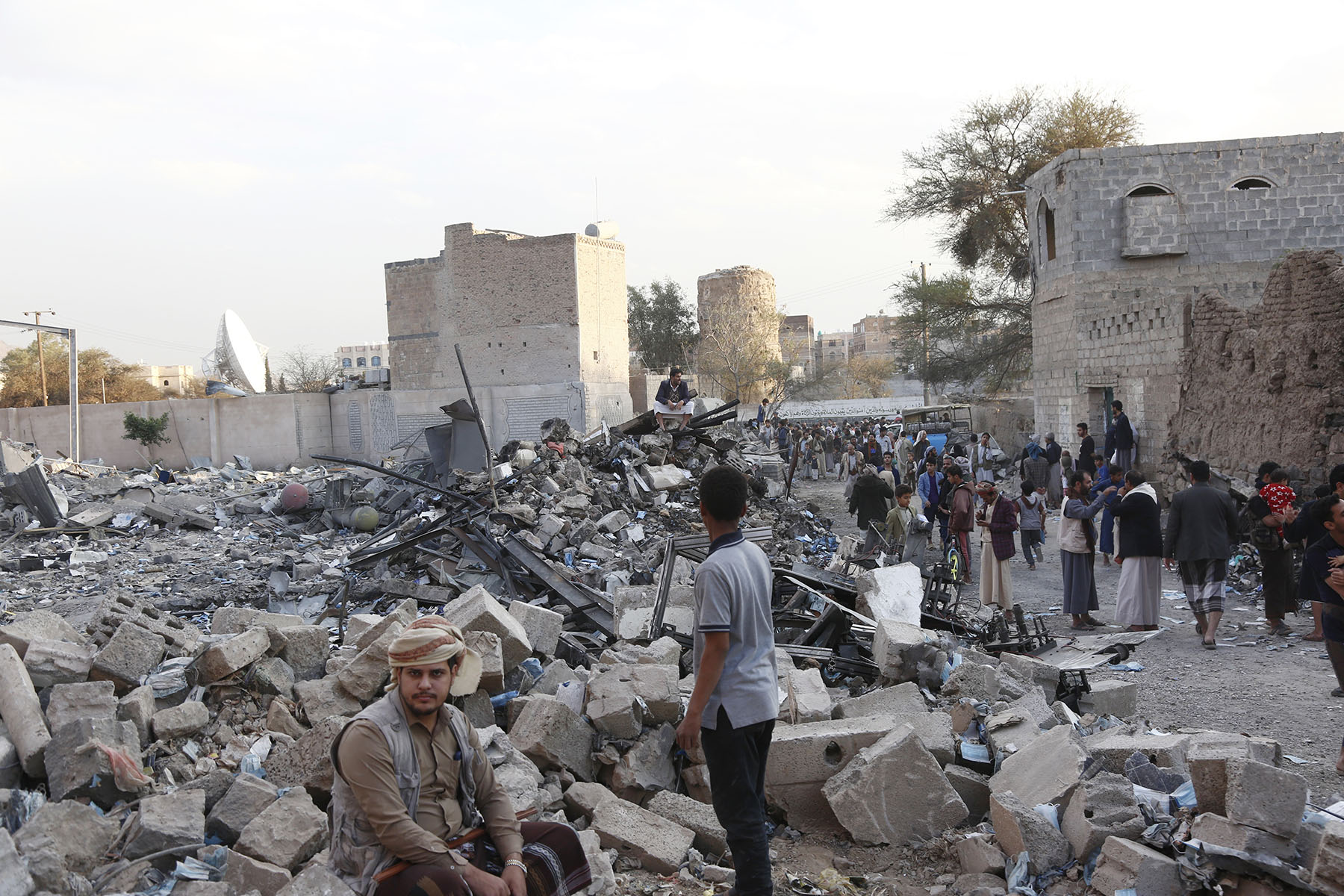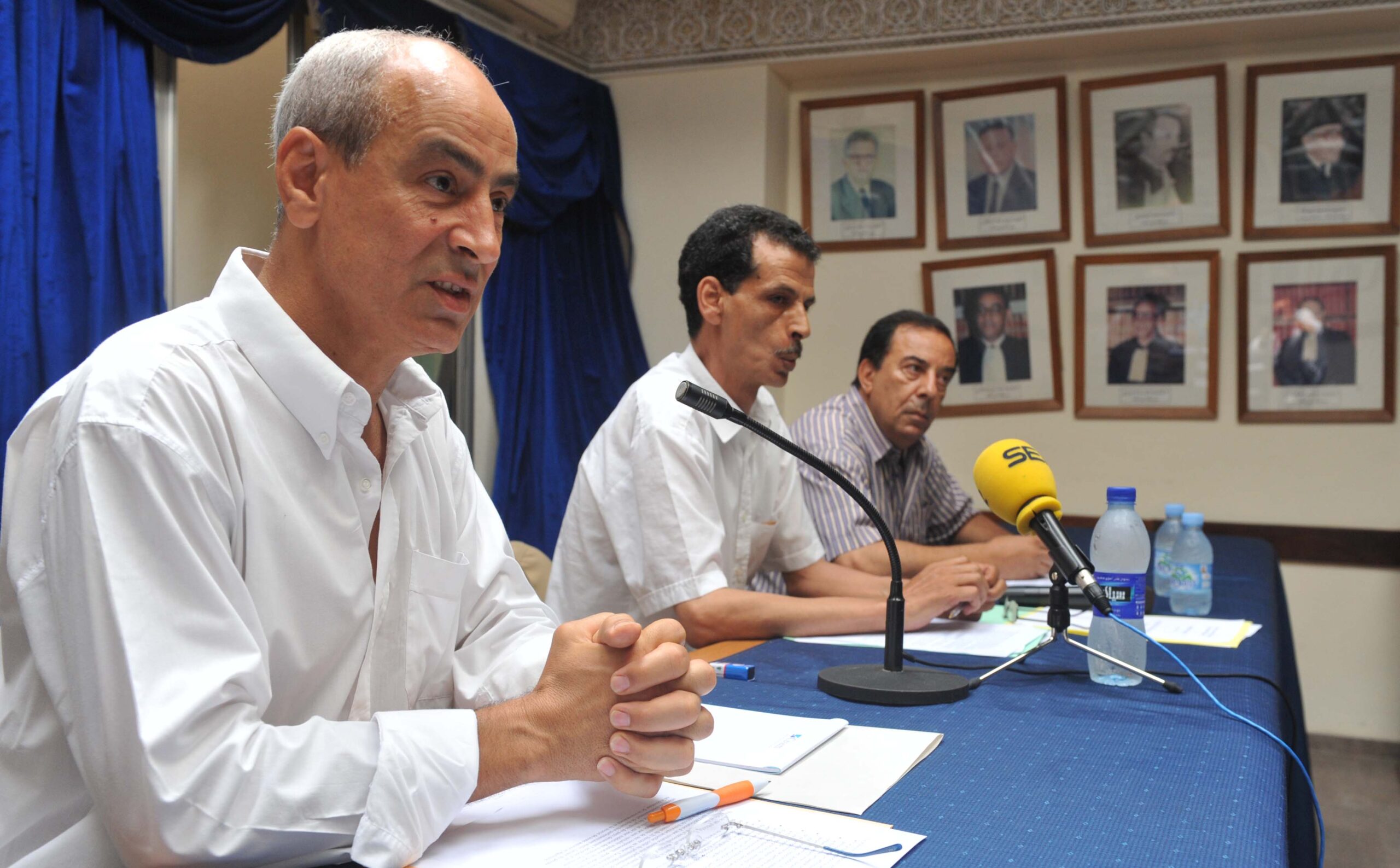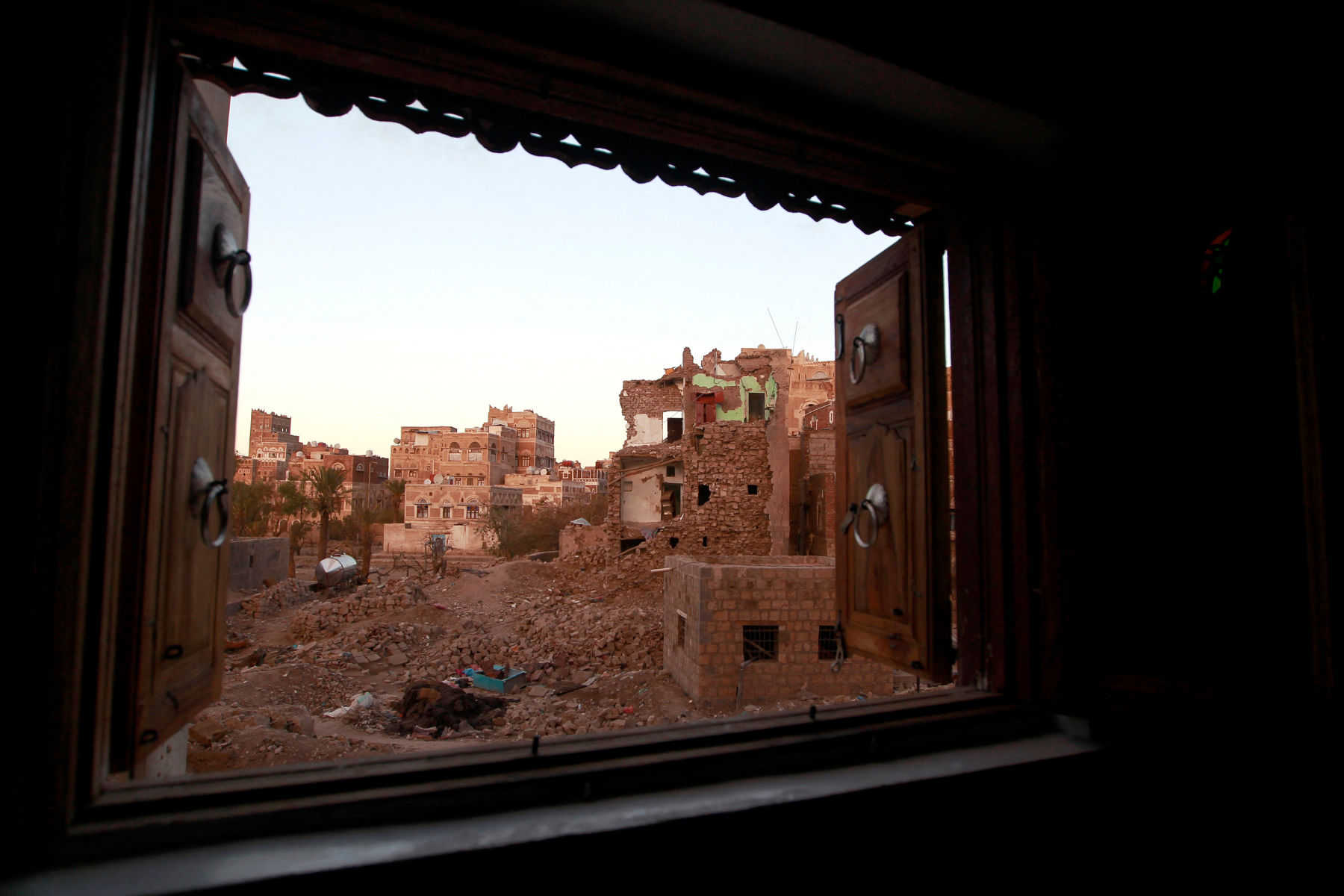Alex Martin Astley is a freelance journalist based in Beirut, covering conflict, foreign policy, and social justice issues.
KHIAM, Lebanon — There was no fanfare in Khiam. No cause for celebration as residents returned, after more than a year of war, to the dust and the rubble that had once been their town. Like many of the villages of southern Lebanon closest to the Israeli border, the level of destruction in Khiam has rendered it uninhabitable. With Israeli forces finally gone, the town is free again, but its residents remain homeless.
Under the truce deal that ended Israel's 14-month war against Hezbollah, Israel and Hezbollah both agreed to withdraw their forces from southern Lebanon, ceding control of the area to the Lebanese army by the end of January. But when the deadline came, on January 26, Israel kept its troops in southern Lebanon. The deadline for a full withdrawal was then extended until this week, to February 18. But on the eve of the new deadline, the Israeli military announced that while its troops would be pulled from many towns and villages, they would remain in five "strategic" hilltops on the Lebanese side of the border. An Israeli military spokesman described it as temporary but wouldn't say how long Israeli soldiers would occupy this remaining stretch of Lebanese territory.
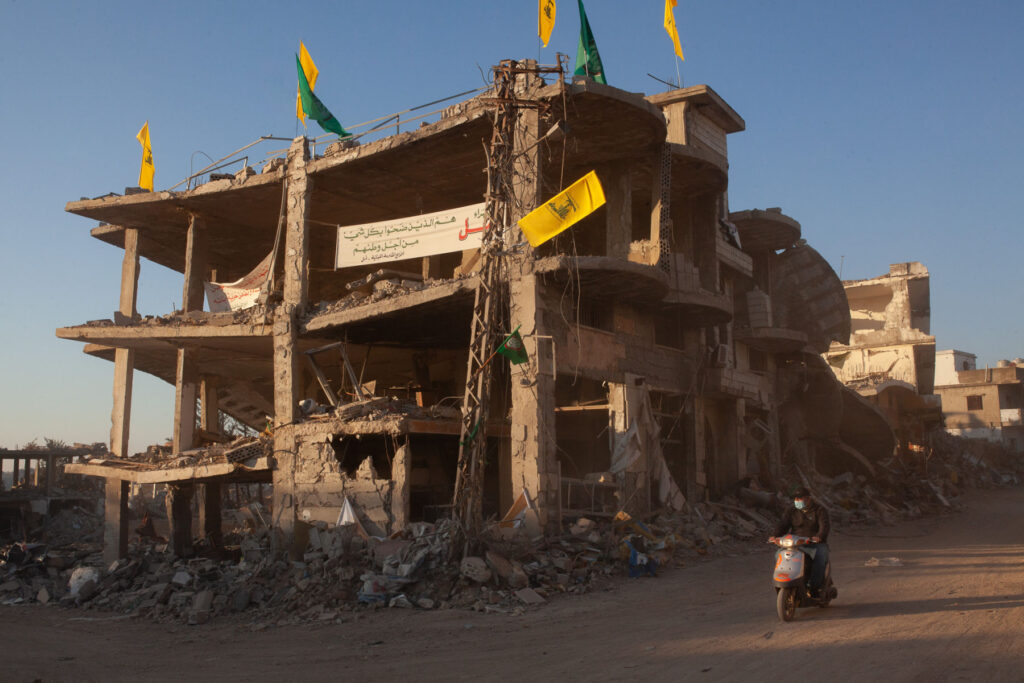
The United Nations confirmed that the Israeli military had pulled out of population centers in southern Lebanon, but said that the continued Israeli military presence along the border violated U.N. Security Council Resolution 1701, which ended the 2006 war between Israel and Hezbollah and underpins the new cease-fire.
Nevertheless, a partial Israeli withdrawal from a few southern villages spurred the usual victory parades in parts of Lebanon. In the Shia neighborhoods of Beirut, automatic gunfire rang out as cavalcades of mopeds drove across the city with the green and yellow flags of Amal and Hezbollah fluttering in tow.
But Khiam, a hilltop town that is one of the largest near the Israeli border, had the stillness and solemnity of a graveyard. There was not a building left undamaged, and most were beyond repair. Israeli bulldozers razed the town's central avenue to the ground. With the withdrawal of Israeli forces, a handful of residents clambered onto the debris of their former homes, pulling out blankets and cooking pots. Others were pulling out bodies.
These were beautiful houses. Now everything is gone. They destroyed everything.
- Abbas Awada, resident of Khiam
In Khiam alone, civil defense teams have discovered over 30 bodies under the rubble. Many had been there for months, reduced to skeletons and only identified after their remains were taken for DNA tests. Bodies being discovered every week across southern Lebanon, as many search-and-rescue operations were only possible after the cease-fire took effect in late November.
Standing next to the four pancaked floors of his home, Abbas Awada smiled and thanked God that he and his family were all still alive. "These were beautiful houses. Now everything is gone," Awada said. "They destroyed everything, from insects to humans."
A father of four, he returns every day to salvage what he can from the ruins of his electronics store, leaving his family further north in the nearby city of Nabatieh, where they are sheltering. For many Lebanese civilians like Awada, the war is far from over. Last month, despite the truce, an Israeli airstrike shattered the windows of his rental apartment as the family slept.
Israel has been accused of repeatedly violating the cease-fire with sporadic airstrikes and shelling. According to the Armed Conflict Location and Event Data Project (ACLED), which tracks conflicts, Israel conducted 330 airstrikes and shellings in Lebanon between November 27 and January 10, as well as 260 "property destruction events." The Israeli military claims it is targeting Hezbollah—even as ACLED has only recorded one attack carried out by Hezbollah since the truce was struck. After Israeli soldiers demolished and set fire to homes in towns and villages of southern Lebanon before they withdrew, the Israeli military also claimed it was targeting Hezbollah infrastructure and that "the destruction of buildings was for military purposes."
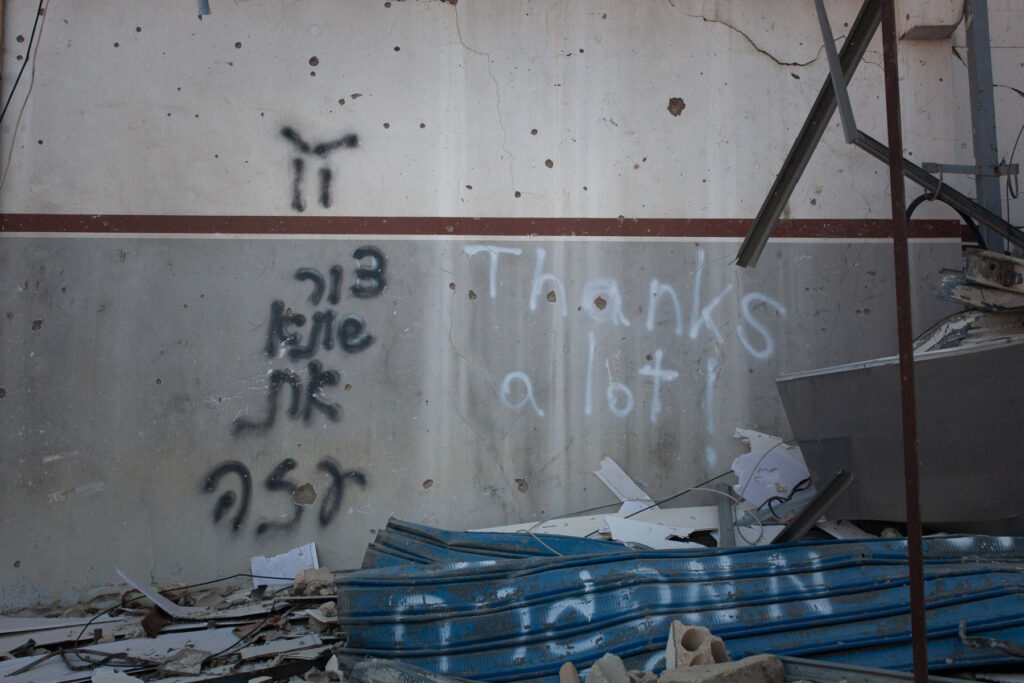
Displaced in Nabatieh, Awada cannot afford to keep paying his $500 per month rent, so he is repairing the least damaged room in his uncle's house next door for his family to move back to Khiam. Awada is one of the nearly 100,000 people who are still displaced in Lebanon—98,986 exactly, according to the International Organization for Migration—the vast majority of them from the towns and villages in the south that are either uninhabitable or where Israeli forces are still present.
During the past year and a half of war, Khiam became a valuable strategic position. It overlooks a sprawling valley of olive groves to the southeast, and beyond that the snow-capped peaks of Mount Hermon, marking the boundary with Syria and the Israeli-occupied Golan Heights. It witnessed some of the fiercest fighting as Israeli forces sought to wrest control of the town from Hezbollah. For Hezbollah's fighters, Khiam has a symbolic significance too. It was there that the South Lebanon Army—Israel's proxy militia during its 22-year occupation of southern Lebanon, which began during the Lebanese Civil War—ran a notorious prison and torture center. After Israel's forces fled in 2000, the joy and terror that came with the release of Khiam's prisoners became a potent image marking the end of the occupation.
Khiam was also the site of a pitched battle during the 2006 war between Israeli soldiers and Hezbollah. During the fighting, the Israeli military bombed a U.N. peacekeeping post in the town, killing four UNIFIL observers.
The collective impact of this is that residents can't go back and live in these towns.
- Ramzi Kaiss, Human Rights Watch
In this latest, still-simmering war, it was only under the relative safety of the truce that Israeli troops were able to fully occupy Khiam and extend their territorial gains across southern Lebanon. Much of the destruction of civilian infrastructure in Khiam and other border villages was carried out during the 60-day cease-fire, raising concerns about the legality of Israel's "clearing operations" in the border region. According to ACLED, Israeli forces demolished seven times the number of structures in the south after the cease-fire was struck than they had during the two previous months.
Awada suspects that his home, given the nature of the damage, was one of those destroyed in a controlled demolition, rather than an Israeli airstrike. "They came to fight Hezbollah, so why did they destroy my house?" he said. "They didn't just break and ruin things, they left their filth in these homes. It was disgusting. This isn't the work of an army, this is vandalism. They have no respect." As well as ruins, residents found trash, debris and mocking graffiti left in their homes by Israeli soldiers.
Khiam's mayor, Adnan Alyan, suggests that Israel's actions in his town were designed to prevent the civilian population from returning. "They destroyed civilian, health care and economic assets, and killed civilians, civil defense personnel and paramedics," he told Democracy in Exile. "They deliberately bulldozed the roads and bombed transmission stations and cut off communications, electricity and water stations to isolate civilians from the outside world." The Israeli military justifies all this as destroying "Hezbollah infrastructure and weapons depots."
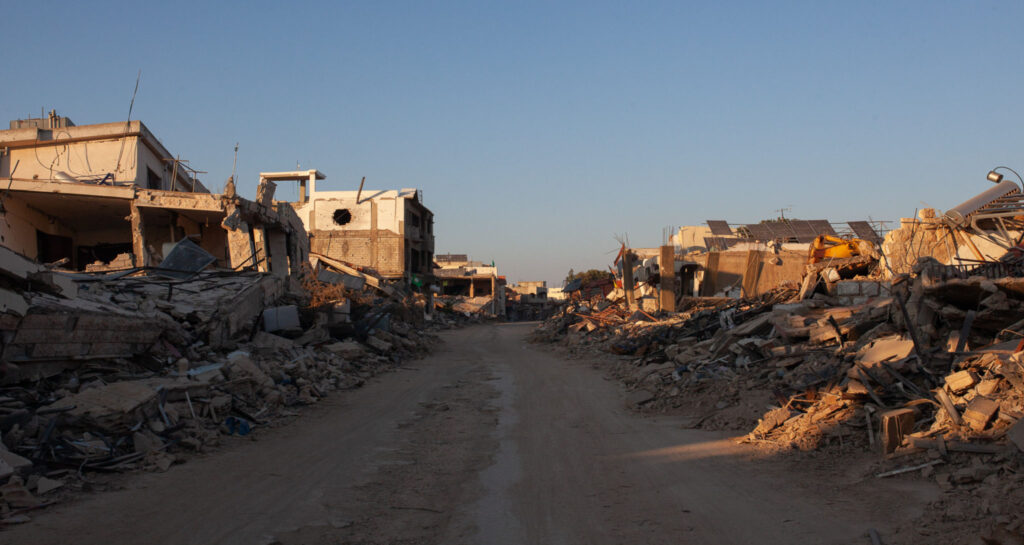
Ramzi Kaiss, a Lebanon researcher for Human Rights Watch, has visited other villages in southern Lebanon, such as Naqoura, Tayr Harfa and Ayta ash-Shab, where there is also widespread destruction of civilian infrastructure and physical evidence of controlled demolitions, as well as damage to agriculture, a vital part of the south's economy and the livelihood for most of its people.
"The collective impact of this is that residents can't go back and live in these towns," Kaiss told Democracy in Exile. "Because even if your house wasn't knocked down, there's no way to secure basic necessities, such as electricity, food, or water." He added that there were "serious concerns and questions as to the military necessity of doing all this destruction or inflicting all this damage in light of the fact that a cease-fire had taken effect at that point and the Israeli military controlled these towns."
Back in Khiam, in the broken wasteland of the town's center, a group of men sat around an oil-drum fire. They go back every day to talk, but also to simply be there, to be present on the land that had been denied to them for 16 long months. For most of the people in Khiam, the town has been their home for generations. It could take years before Khiam is rebuilt, but still they come back. The crowd was reticent to speak to a journalist, but one of them, a man in his 60s who did not wish to be named, explained why they were there.
"The people to whom this land belongs want to return and stay in their land, even if there are no homes left."



